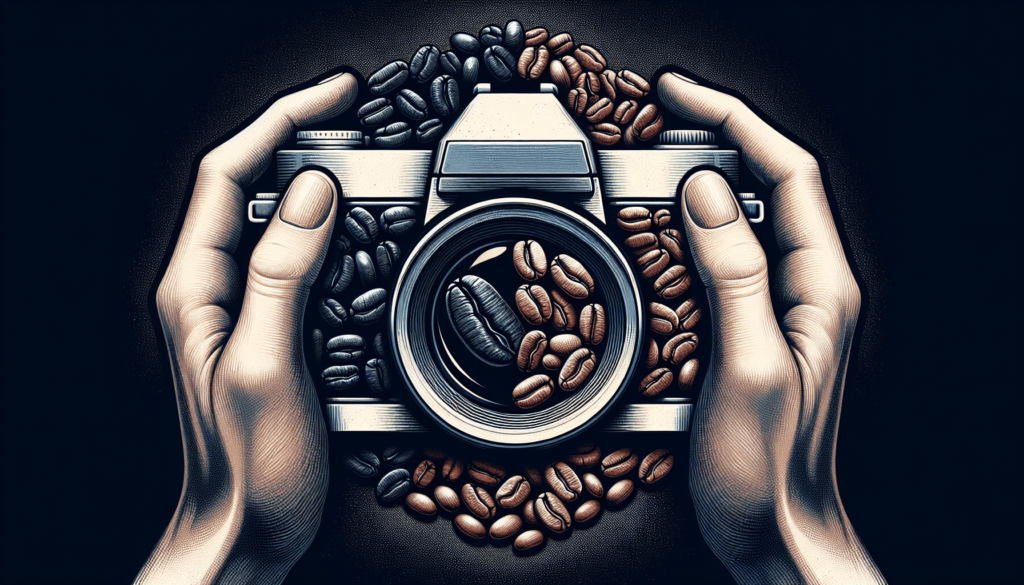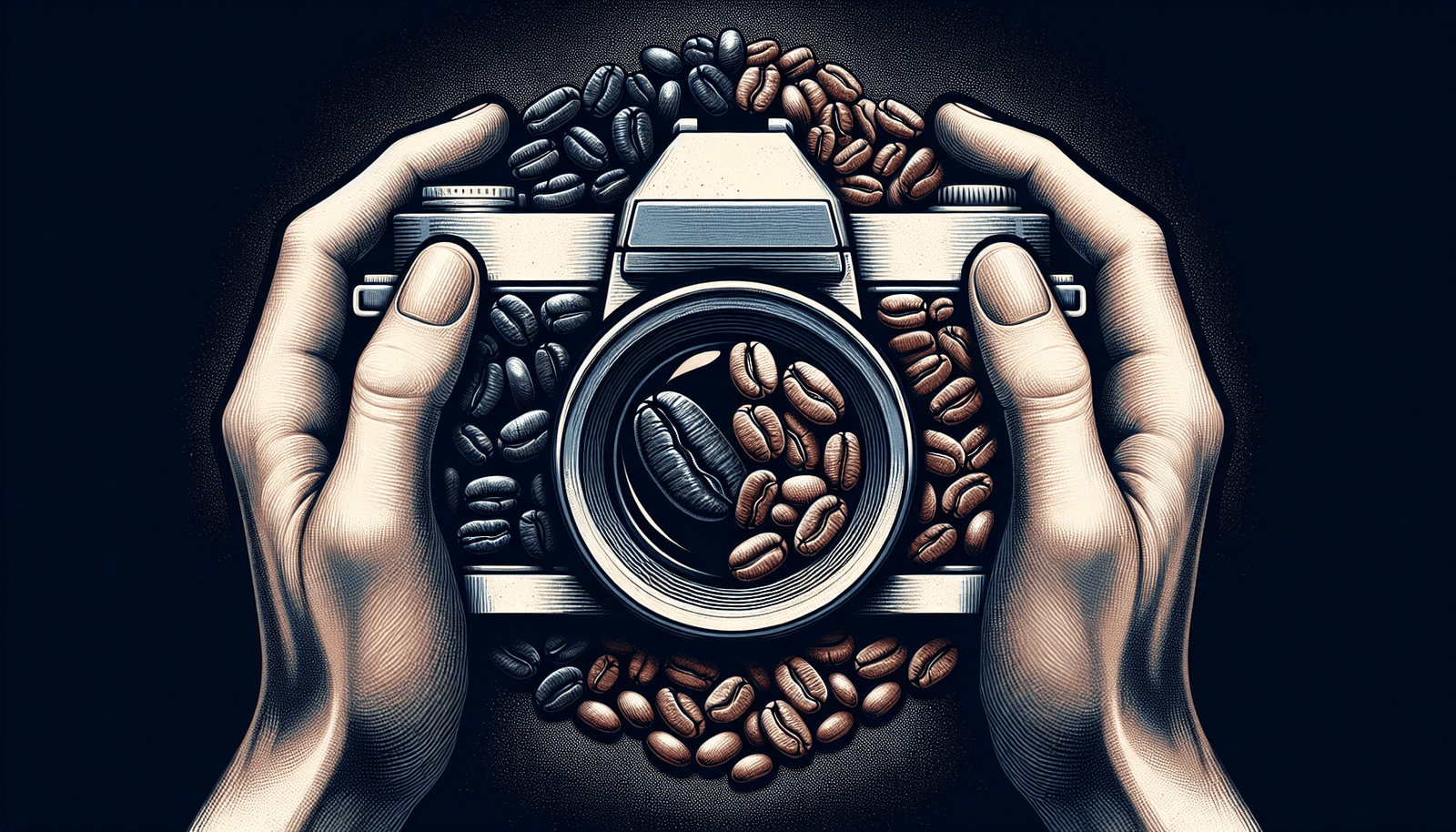Welcome to a fascinating exploration into the world of espresso beans! In this article, you will learn about the varying intensity and caffeine levels found in different types of espresso beans. With each bean offering its own unique flavor profile and strength, you will discover how to choose the perfect espresso bean to suit your preferences. Embrace the rich aromas and bold flavors of espresso as we dive into the intricate details of comparing the intensity and caffeine levels of different espresso beans. Get ready to elevate your coffee experience to a whole new level! Have you ever wondered why some espresso shots hit you harder than others? Are you a coffee aficionado trying to decode the mysteries of different espresso beans? Fear not, dear reader! In this article, we will delve into the world of espresso intensity and caffeine levels, comparing different types of espresso beans to help you understand the factors that contribute to your espresso experience.

Understanding Espresso Intensity
Espresso intensity refers to the strength or boldness of the flavors in your espresso shot. A high-intensity espresso will have a rich, full-bodied taste that packs a punch, while a low-intensity espresso will be milder and more balanced. The intensity of an espresso shot is influenced by several factors, including the type of coffee beans used, the roast level, and the brewing method.
When you take a sip of espresso, the intensity of the flavor profile hits your taste buds, giving you a sensory experience that can range from smooth and subtle to robust and intense. If you prefer a bold and intense coffee flavor, you might opt for espresso beans with a higher intensity level. On the other hand, if you enjoy a more nuanced and delicate coffee taste, you might lean towards espresso beans with a lower intensity level.
Factors Influencing Espresso Intensity
The intensity of an espresso shot can be influenced by various factors, including:
-
Coffee Bean Type: Different coffee bean varieties will naturally have different flavor profiles and intensity levels. Arabica beans, for example, tend to be more aromatic and have a smoother, milder flavor compared to Robusta beans, which are known for their bold and intense taste.
-
Roast Level: The roast level of the coffee beans can also impact the intensity of the espresso. Lighter roasts will preserve the inherent flavors of the beans, resulting in a more subtle and nuanced taste, while darker roasts will develop a richer and more intense flavor profile.
-
Brewing Method: The brewing method used to prepare the espresso can affect its intensity as well. Whether you use a traditional espresso machine, a stovetop Moka pot, or a French press, each method will extract the flavors of the coffee beans differently, leading to variations in intensity.
Understanding these factors will help you choose espresso beans that align with your flavor preferences and desired intensity level.
Exploring Caffeine Levels in Espresso Beans
Caffeine is a natural stimulant found in coffee beans that can vary depending on the type of beans, the roast level, and the brewing process. If you’re someone who relies on that caffeine kick to jumpstart your day, understanding the caffeine levels in espresso beans is crucial.
Espresso is known for its strong and concentrated flavor, but does it also pack a higher caffeine punch compared to other coffee drinks? Let’s dive into the world of espresso beans and their caffeine content to get a clearer picture.
Caffeine Content in Different Coffee Bean Varieties
The caffeine content in coffee beans can vary significantly depending on the type of beans. Generally, Robusta beans contain about double the caffeine of Arabica beans. Robusta beans are commonly used in espresso blends to give the shot that extra kick of caffeine and intensity.
However, caffeine content can also be influenced by other factors such as the roast level and grind size. Lighter roasts tend to retain more caffeine compared to dark roasts, as the longer roasting process can break down caffeine molecules. Similarly, a finer grind size can lead to higher caffeine extraction during brewing, resulting in a stronger caffeine presence in your espresso shot.
How Espresso Brewing Affects Caffeine Levels
Espresso brewing is a method of coffee extraction that results in a strong, concentrated shot of coffee with a higher caffeine content compared to other brewing methods. The pressure and temperature used in the espresso machine force hot water through finely ground coffee, extracting flavors and caffeine in a short amount of time.
Contrary to popular belief, espresso shots do not always contain more caffeine than drip coffee. While espresso is more concentrated, a typical espresso shot (about 1 ounce) contains approximately 63 mg of caffeine, whereas an 8-ounce cup of drip coffee can contain anywhere from 80-200 mg of caffeine depending on the brewing method and coffee bean type.
Comparing Different Espresso Beans
Now that we’ve covered the basics of espresso intensity and caffeine levels, let’s compare some popular espresso beans to give you a better idea of how different beans stack up against each other.
Arabica vs. Robusta Beans
-
Arabica Beans: Known for their aromatic, smooth, and slightly sweet flavor profile, Arabica beans are a popular choice for espresso enthusiasts who enjoy a well-balanced and nuanced coffee experience. Arabica beans contain less caffeine compared to Robusta beans, making them a good option for those who are sensitive to caffeine.
-
Robusta Beans: Robusta beans are prized for their bold, bitter, and intense flavor, making them an ideal choice for espresso blends that require an extra caffeine boost and a strong kick of flavor. Robusta beans are often used in espresso blends to enhance the intensity and crema of the shot.
Light vs. Dark Roast
-
Light Roast: Lighter roasts preserve the natural flavors of the coffee beans, resulting in a more acidic and complex taste profile. Light roasted espresso beans tend to have a higher caffeine content compared to dark roasts, making them a good choice for those who enjoy a brighter and more vibrant espresso shot.
-
Dark Roast: Dark roasts have a bolder and more robust flavor profile, with caramelized sugars and smoky notes that can dominate the taste of the espresso shot. While dark roasted beans have a lower caffeine content, they offer a rich and intense coffee experience that is favored by many espresso lovers.
Single-Origin vs. Blends
-
Single-Origin Beans: Single-origin beans are sourced from a specific region or country, showcasing the unique flavors and characteristics of that particular Coffee growing area. Single-origin espresso beans can offer a more distinct and terroir-driven taste profile that appeals to those who appreciate the diversity of coffee flavors.
-
Blends: Espresso blends are created by combining different coffee bean varieties to achieve a balanced and consistent flavor profile. Blends are often formulated to optimize intensity, body, and crema, catering to the preferences of espresso drinkers who seek a harmonious and well-rounded coffee experience.
By considering these factors and comparing different espresso beans, you can choose the beans that best suit your taste preferences and caffeine needs.
Conclusion
In conclusion, understanding the intensity and caffeine levels of different espresso beans is essential for coffee enthusiasts who want to elevate their espresso experience. By exploring the various factors that influence intensity and caffeine content, you can make informed decisions when selecting espresso beans that align with your flavor preferences and caffeine requirements.
Whether you prefer a bold and robust espresso shot or a milder and more nuanced flavor profile, the world of espresso beans offers a diverse range of options to suit every palate. Experiment with different bean varieties, roast levels, and brewing methods to discover your perfect cup of espresso and savor every sip of that flavorful and aromatic coffee goodness. Cheers to the wonderful world of espresso!


